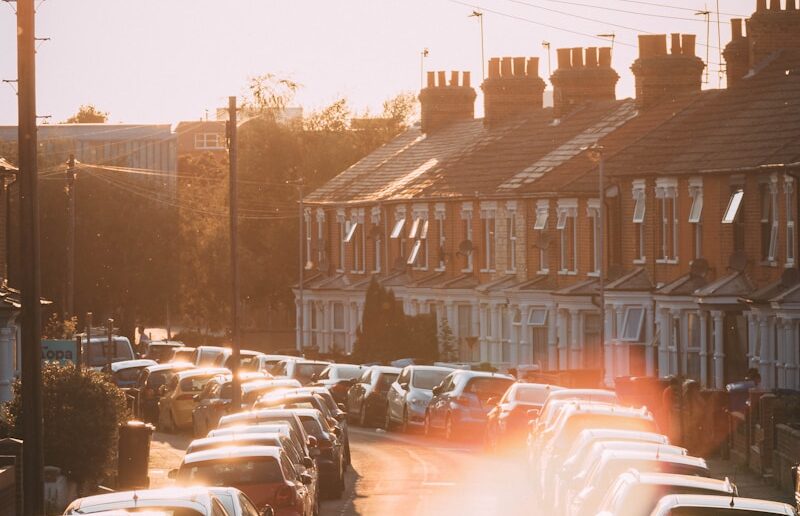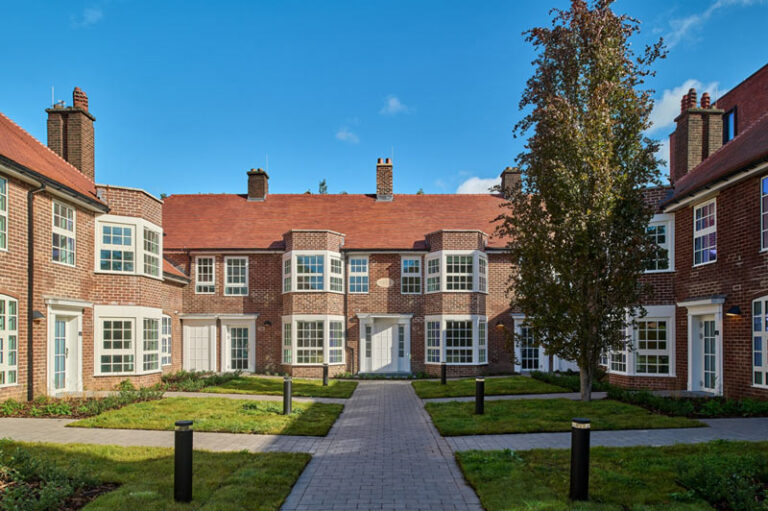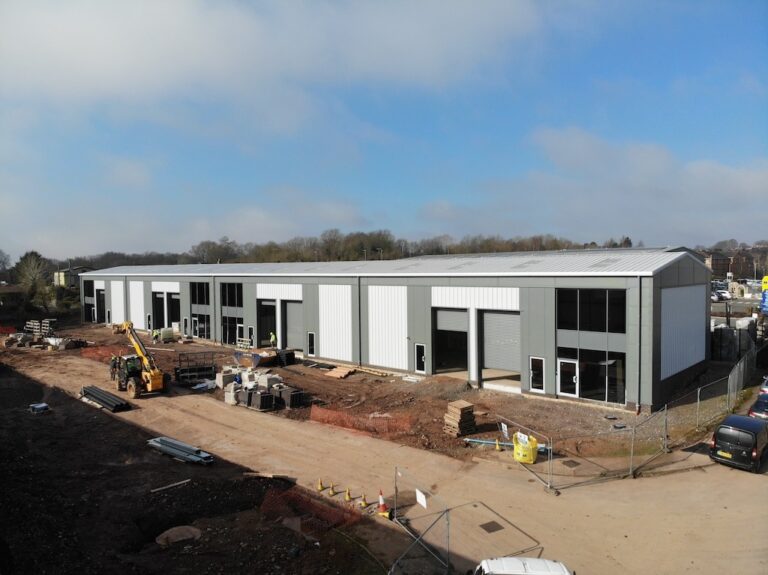UK Homes at Risk: Why Overheating from Climate Change Requires Urgent Design Solutions

As the UK braces for increasingly extreme summer heat, experts are warning that many of our homes, both old and new, are not designed to cope, leaving millions at risk of dangerous overheating.
Recent heatwaves, with temperatures soaring well above seasonal norms, are no longer rare events. Climate change is driving hotter, longer summers, and while energy efficiency upgrades have improved winter warmth, they can unintentionally trap heat indoors during the warmer months.
“Keeping homes warm in winter has been the focus for decades, but in our changing climate, keeping them cool is now just as important,” said Catherine Storer, Commercial Energy Assessor at Essential Green Skills. “Overheating is not just uncomfortable, it’s a health hazard, especially for vulnerable groups such as the elderly, children, and people with existing health conditions.”
Why Our Homes Are Overheating
The problem stems from a combination of climate change, poor building design, and lifestyle factors. In retrofitted properties, additional insulation and airtightness, while essential for energy efficiency, can significantly reduce a home’s ability to shed heat in summer.
Prolonged exposure to high indoor temperatures can cause heat stress, disrupt sleep, and increase the risk of cardiovascular and respiratory illnesses.
Regulations Are Catching Up
To tackle the issue, the UK introduced Approved Document O in 2022, which makes overheating risk assessments mandatory for all new residential buildings in England and Wales. This regulation focuses on limiting solar gains and ensuring effective ventilation.
For existing homes undergoing retrofit, PAS 2035:2023 requires designs to include measures to prevent overheating for the lifespan of installed energy efficiency measures.
Overheating assessments can be carried out using either the Simplified Method or Dynamic Thermal Modelling, with the latter offering a detailed analysis that’s particularly useful for complex or urban developments.
Smarter Design, Healthier Homes
Mitigation strategies include:
- external shading devices such as shutters and brise-soleil
- low g-value glazing to reduce solar heat gain
- cross-ventilation to improve air flow
- passive cooling techniques that avoid reliance on mechanical systems
However, experts stress that these solutions must be built into the design process from the outset and delivered by qualified professionals.
“In many cases, overheating risks can be significantly reduced with relatively straightforward measures,” added Storer. “But these need to be identified early, ideally before a single brick is laid, and applied just as rigorously in retrofits as in new builds.”
A Necessity, Not a Luxury
“With the UK’s climate rapidly warming, staying cool at home is no longer a luxury, it’s a necessity,” Storer concluded. “Proactive overheating assessments and well-planned mitigation measures can save lives, protect health, and make our homes truly fit for the future.”











